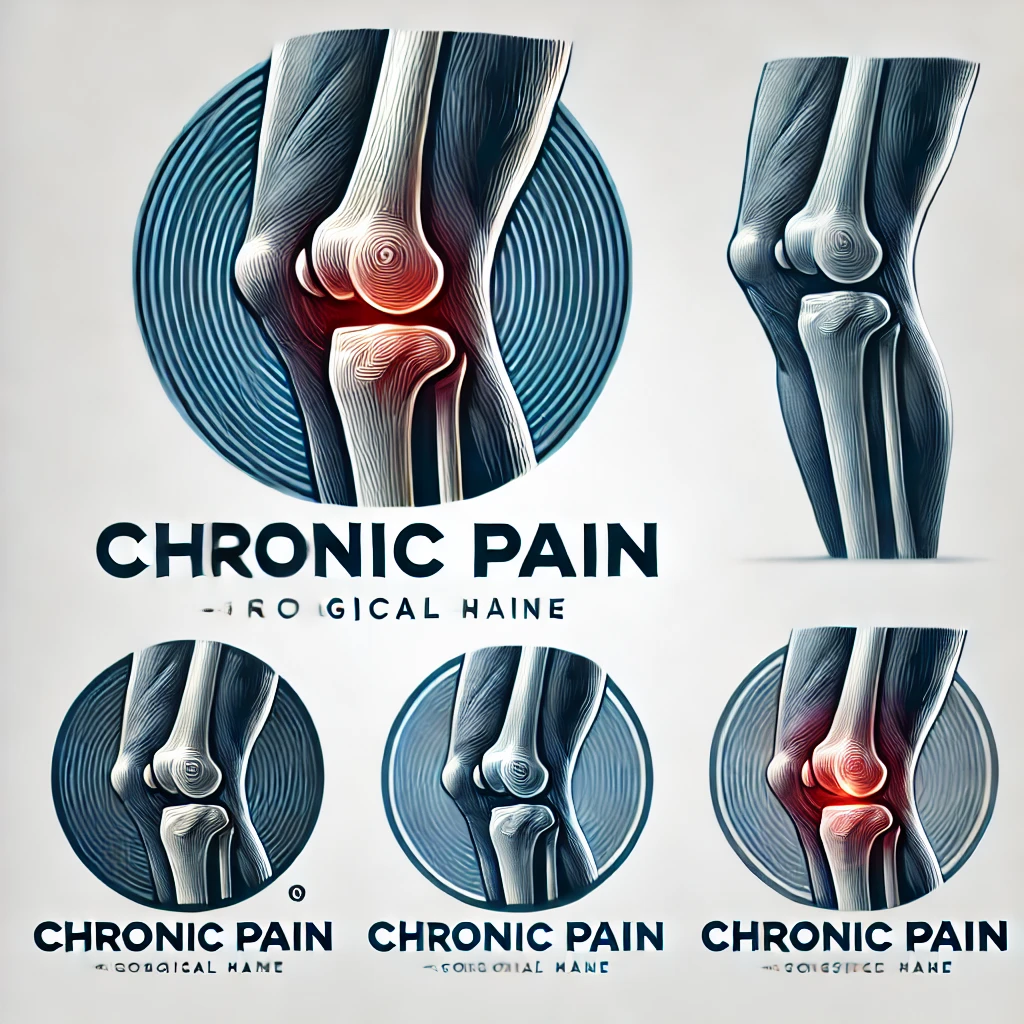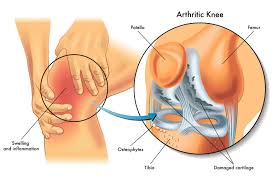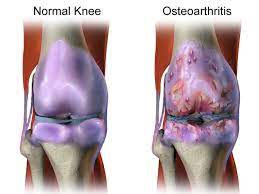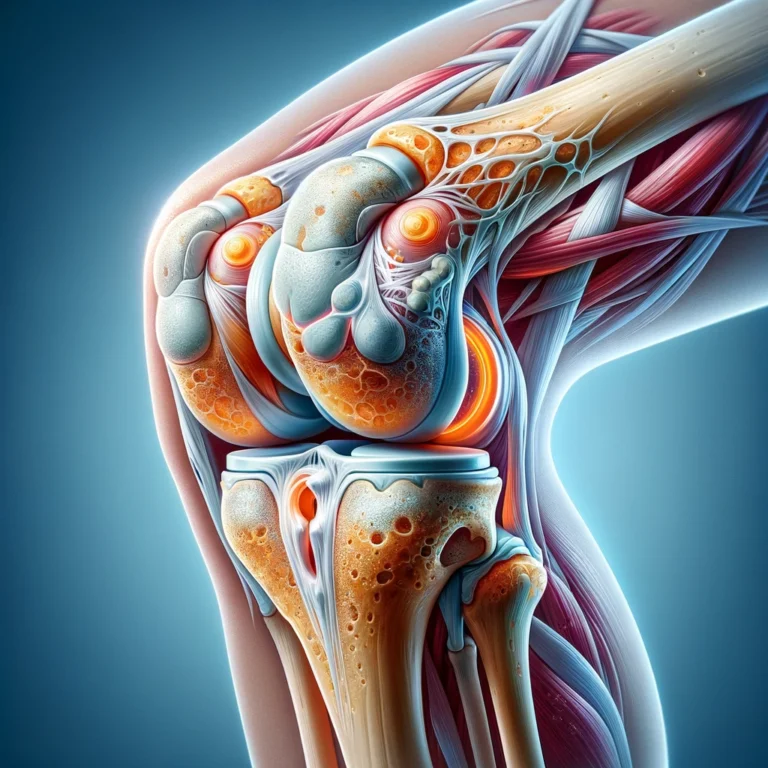Knee Joint Damage
Knee Joint Damage: Causes, Symptoms, and Treatment Options Knee joint damage is a common condition that can affect anyone, regardless of age or activity level. It can be caused by a variety of factors, including injury, overuse, and degenerative conditions like arthritis. Knee joint damage can cause pain, swelling, and stiffness, and can make it…










